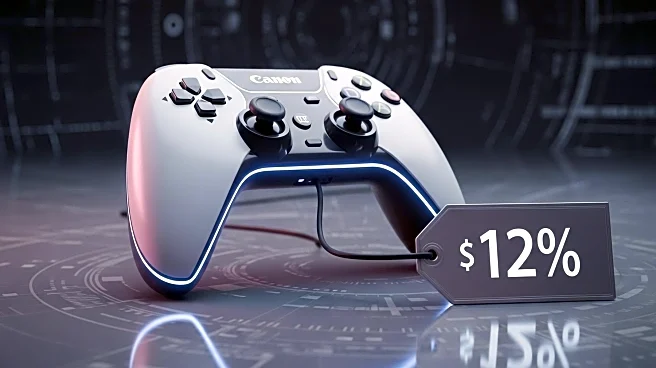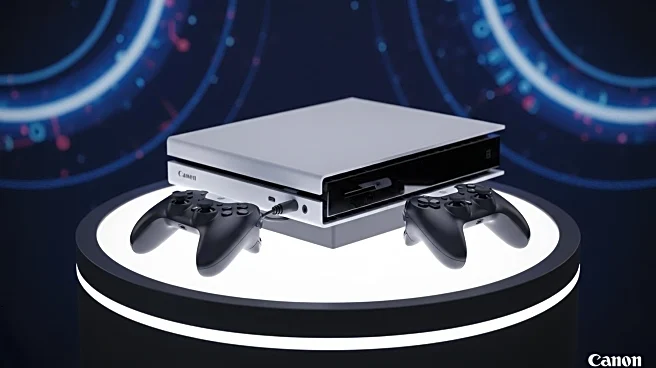What's Happening?
Video game consoles in the U.S. are selling for 12% more this year compared to last year, according to Circana's August report. The increase in hardware spending is largely driven by the success of the Nintendo Switch 2, which has offset declines in sales of other consoles like the PS5 and Xbox Series X and S. The Nintendo Switch 2 has sold 2.4 million units in its first three months, surpassing the sales pace of the PlayStation 4 during a similar period. Despite the higher prices, hardware spending has grown 20% year-over-year, with unit sales up 6.5%. The average sale price of video game hardware has risen to $453 per unit.
Why It's Important?
The price increase in video game consoles reflects broader economic trends affecting consumer electronics. Higher prices may impact consumer purchasing decisions, potentially leading to shifts in market dynamics. The success of the Nintendo Switch 2 highlights the importance of innovation and brand loyalty in driving sales. The increase in spending on video game hardware suggests strong consumer demand, which could influence future product development and marketing strategies within the industry. Additionally, the price hike may affect the accessibility of gaming for some consumers, raising questions about affordability and inclusivity.
What's Next?
The gaming industry may continue to see price adjustments as companies respond to economic pressures and consumer demand. Stakeholders, including manufacturers and retailers, may explore strategies to balance pricing with market competitiveness. The success of the Nintendo Switch 2 could prompt other companies to innovate and release new products to capture market share. Analysts and industry experts may monitor sales trends to assess the long-term impact of price increases on consumer behavior and industry growth.
Beyond the Headlines
The rising cost of video game consoles may have implications for the broader entertainment industry, influencing how consumers allocate their spending on leisure activities. It also raises questions about the sustainability of current pricing models and the potential for alternative business strategies, such as subscription services or bundled offerings. The trend may contribute to discussions about the economic factors driving changes in consumer electronics pricing and the role of technology in shaping consumer experiences.










